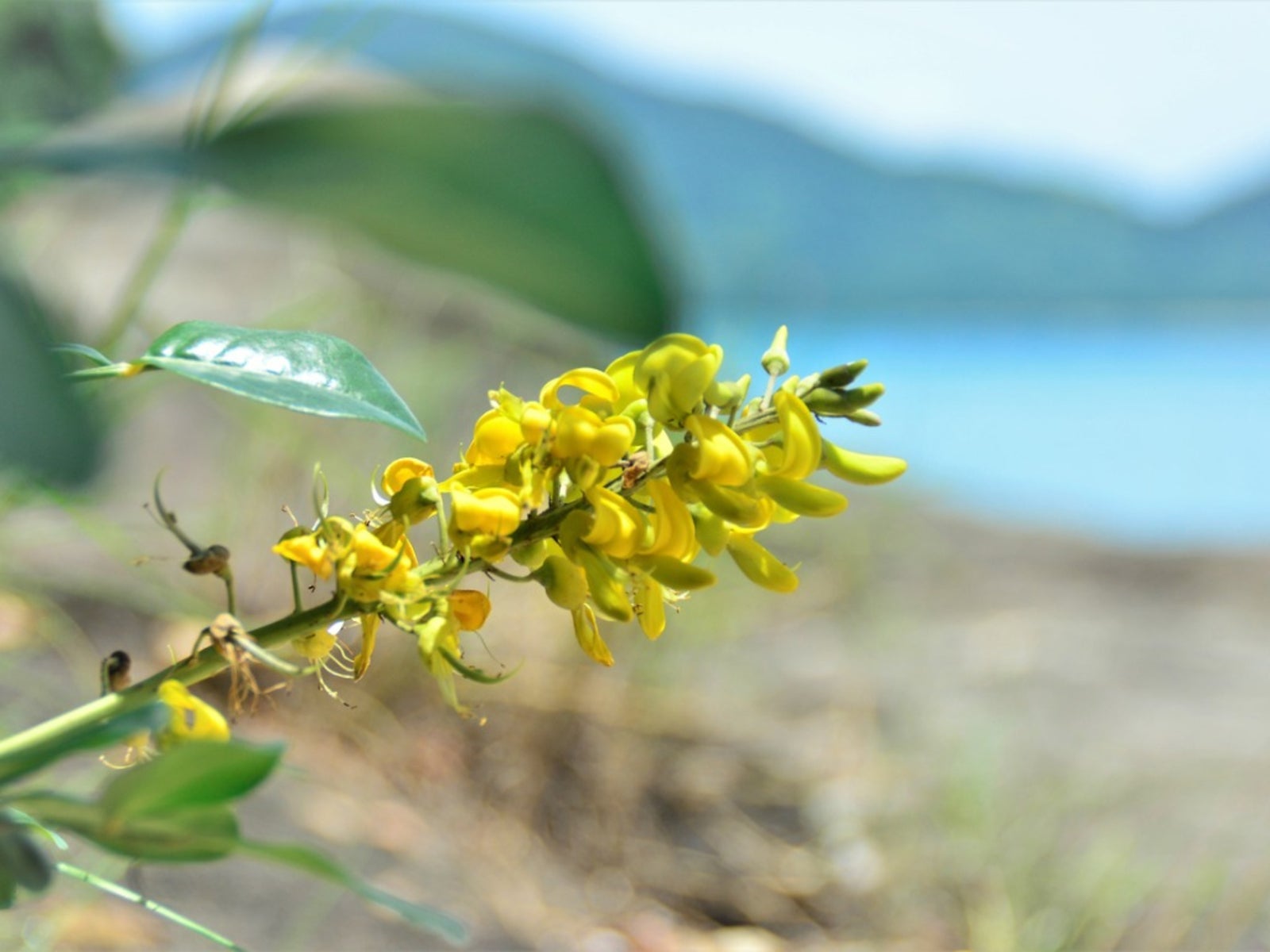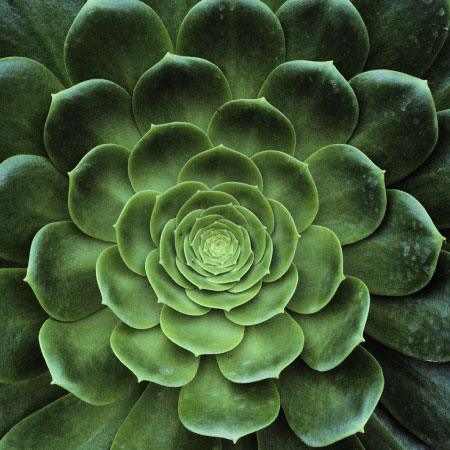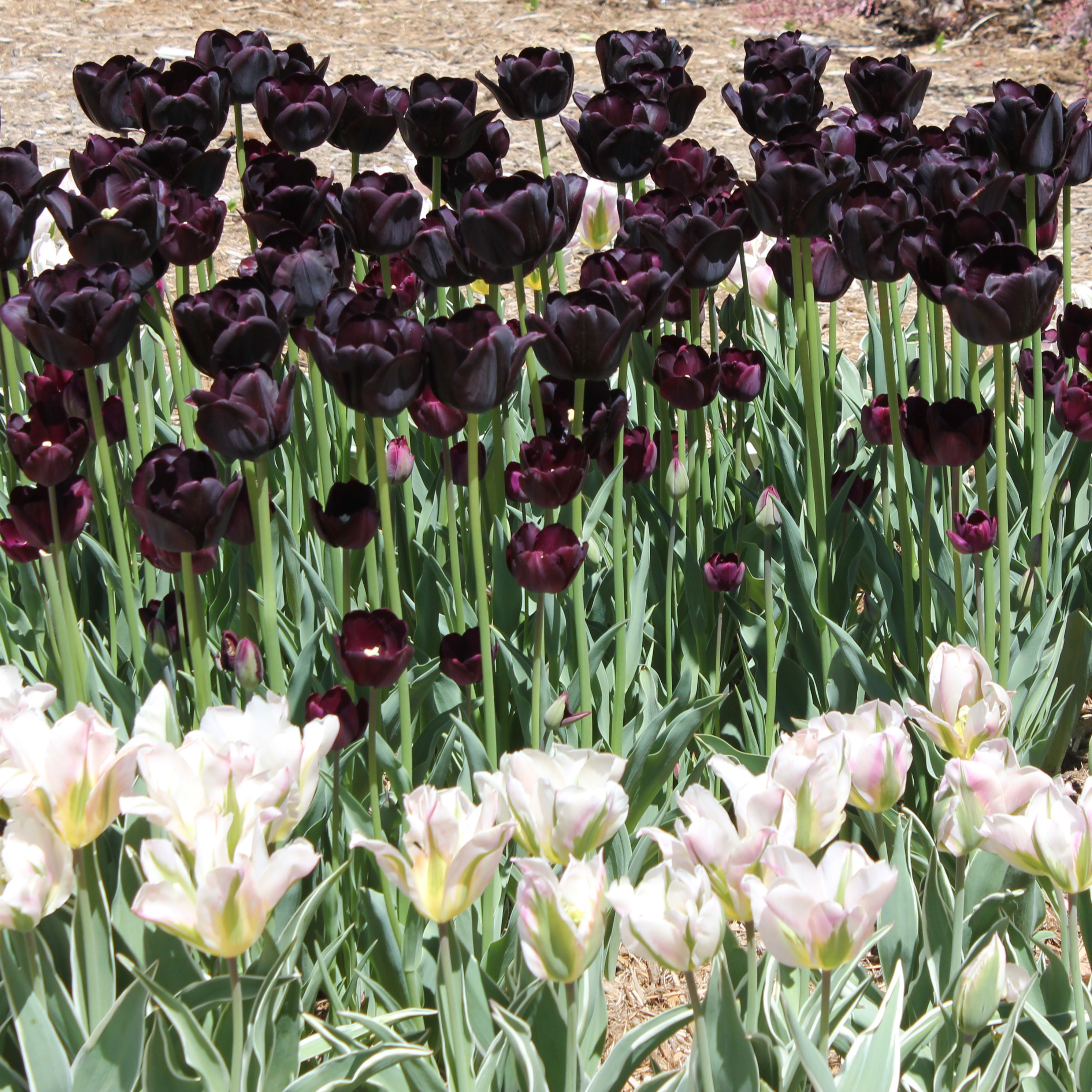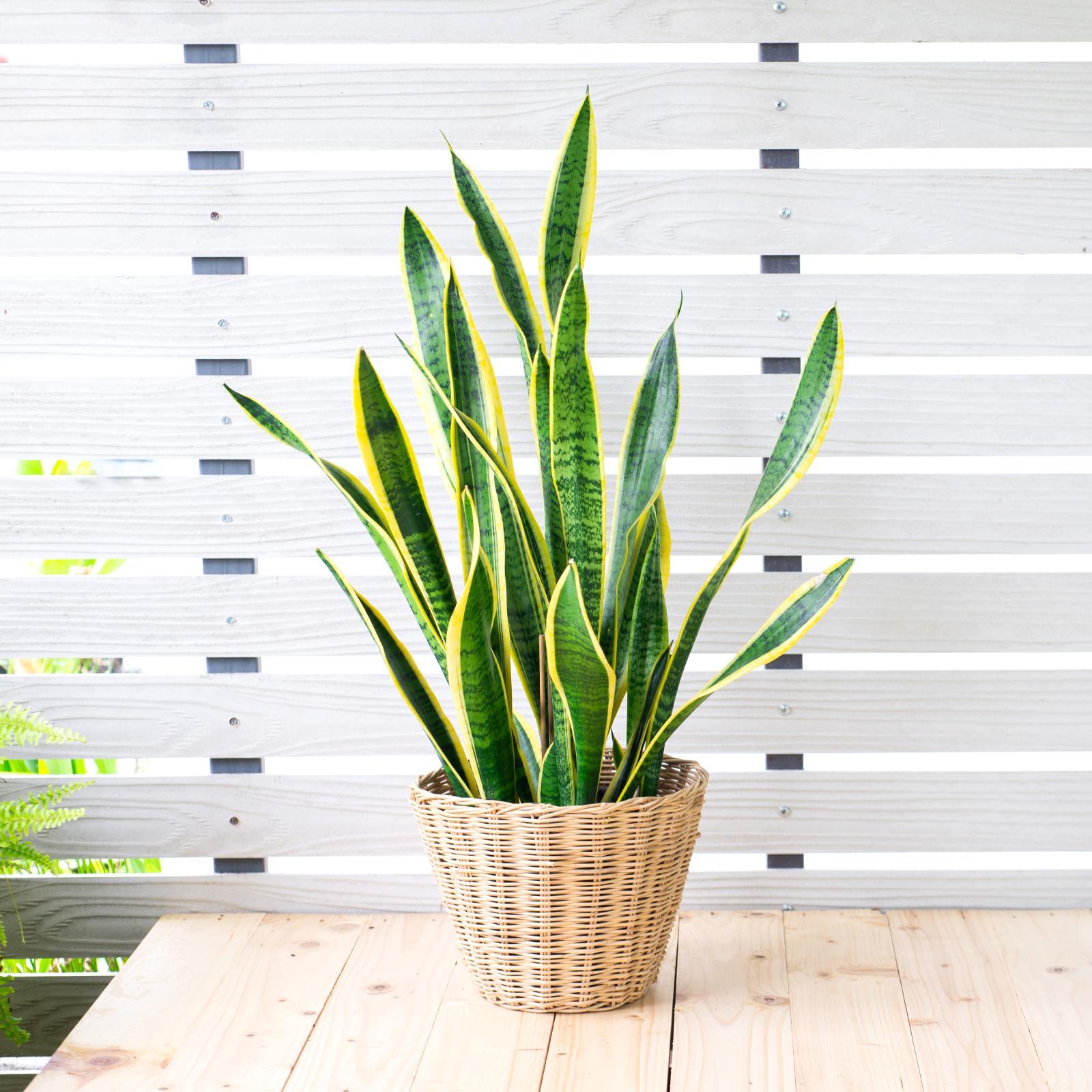Necklace Pod Plant Information – Can You Grow Necklace Pod Plant Plants


What is a necklace pod? Native to coastal areas of South Florida, South America and the Caribbean, yellow necklace pod (Sophora tomentosa) is a handsome flowering plant that displays showy clusters of droopy, yellow blossoms in autumn and sporadically throughout the year. The blooms are located between the seeds, which gives the plant a necklace-like appearance. Let’s learn more about this interesting plant.
Necklace Pod Plant Information
Necklace pod shrub is a medium-size shrub that reaches heights and widths of 8 to 10 feet (2.4 to 3 m.). The beauty of the blooms is enhanced by the velvety, silvery-green foliage. Yellow necklace pod is a spectacular focal point, but is also well suited for borders, mass plantings or butterfly gardens. Yellow necklace pod is highly attractive to bees, butterflies and hummingbirds.
How Can You Grow Necklace Pod Plants?
By this time, you may be wondering, where exactly can you grow necklace pod plants? The answer is in the warm climate of USDA plant hardiness zone 9b through 11. Necklace pod shrubs won’t tolerate temperatures below 25 degrees F. (-3 C.). Yellow necklace pod is easy to grow and adapts to salty sea air and sandy soil. However, the plant performs best if you improve the soil by digging in a few shovelfuls of organic matter such as compost or manure. Water necklace pod shrub often enough to keep the soil slightly moist during the first 12 to 18 months; thereafter, the plant is highly drought tolerant and performs best in dry soil. However, the tree appreciates an occasional watering during extended periods of hot, dry weather. Although yellow necklace pod is hardy, it is susceptible to mealybugs, which can cause a fungus known as powdery mildew. A spray consisting of half water and half rubbing alcohol keeps the pests in check, but be sure to spray as soon as the dew evaporates in early morning, before the heat of the day. Note: Plant yellow necklace pod carefully if you have young children or pets. The seeds are toxic when eaten.
Gardening tips, videos, info and more delivered right to your inbox!
Sign up for the Gardening Know How newsletter today and receive a free copy of our e-book "How to Grow Delicious Tomatoes".

A Credentialed Garden Writer, Mary H. Dyer was with Gardening Know How in the very beginning, publishing articles as early as 2007.
-
 Moody Blooms For Spring: 8 Types Of Black Flowers To Add Drama To Spring Displays
Moody Blooms For Spring: 8 Types Of Black Flowers To Add Drama To Spring DisplaysFrom midnight burgundies to inky violets, several types of black flowers can enrich and embolden a spring display. Try these brooding bloomers for a moody garden
By Tonya Barnett
-
 Can Snake Plants Live Outside? Everything You Need To Know For Snake Plants Al Fresco
Can Snake Plants Live Outside? Everything You Need To Know For Snake Plants Al FrescoSnake plants can live outside given the right conditions, but be careful that they don't take over! Learn the best way to use snake plants in your landscape.
By Mary Ellen Ellis